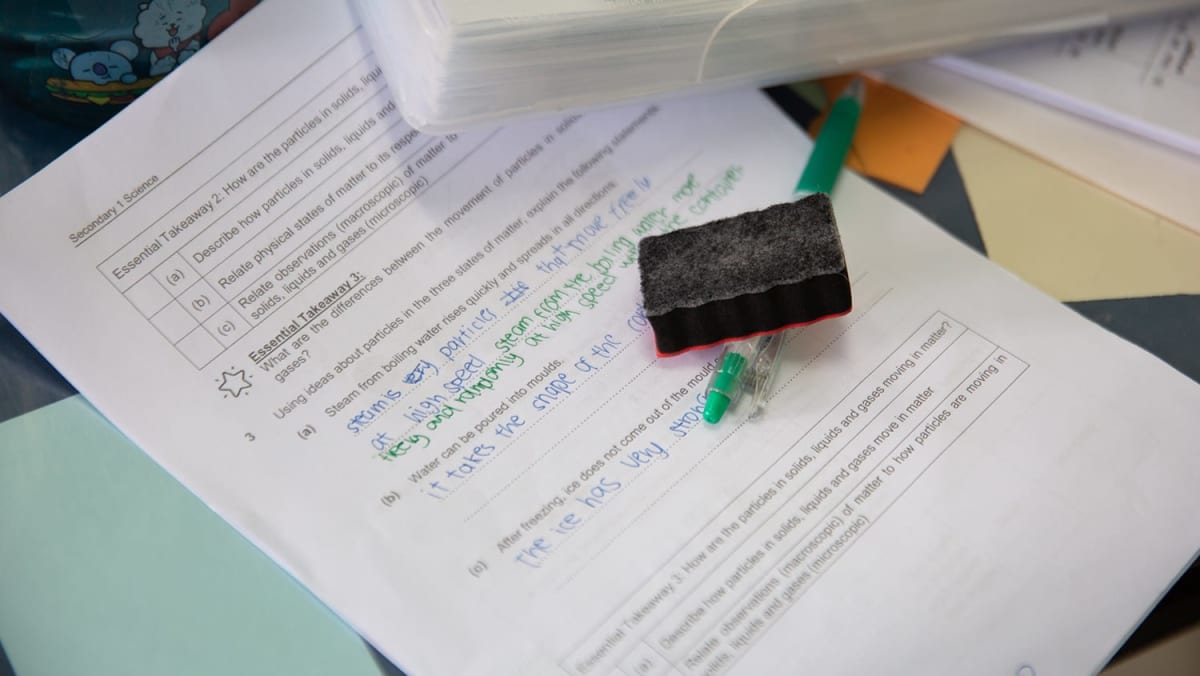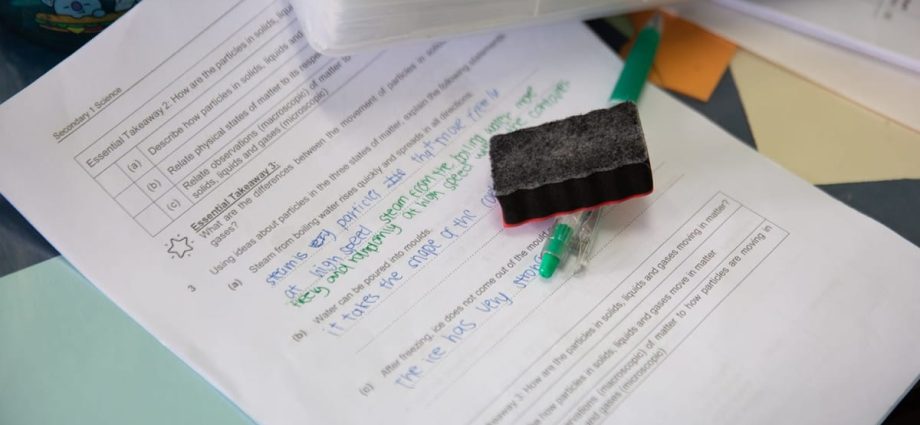
FIND HARMONY, NOT BALANCE ,
Amid the continuing debate on finding the proper balance between work and play for students, the word “balance” implies a firm 50- 50 divide between “work versus play”, overlooking the special needs and strengths of each child, family, and school.
Perhaps it would be better to strive for a harmonious balance between work and play rather than focusing solely on achieving a stable “balance”? This strategy encourages communities and schools to pick the best combination for their particular circumstances, creating a learning and development environment where children can thrive.
The best combination of work and play did normally differ in each home, classroom, and school, based on their various values, cultures, and aspirations. Nonetheless, this optimal mix should be viewed as fluid and dynamic, constantly adapting to suit the evolving needs of children.
An essential component of this ideal blend is student agency. Schools should actively ask students ‘ opinions on their homework assignments and understand their preferences for how they are graded and assigned.
This not only gives students more authority, but it also guarantees that homework regulations are appropriate for their needs and interests.
Schools might consider shifting from required holiday homework to recommended assignments. Allow parents to choose and decide the amount of homework that best suits their child based on their values and aspirations.
During the middle-year and end-of-year school holidays, many teachers are already offering non-mandatory assignments through the Student Learning Space online portal. However, it is crucial to add online explanation videos that explain the problems to these assignments.
This method is crucial to help struggling students and increase their self-efficacy by ensuring they understand how to approach and solve the questions on their own at home.
Ideally, homework tasks should prioritise inquiry- based learning, embracing a play- based approach that fosters engagement and creativity.
These tasks can encourage students to explore fundamental learning concepts using scaffolding prompts, foster learner autonomy, and foster greater creativity and engagement in the classroom, given that there are no time constraints.

